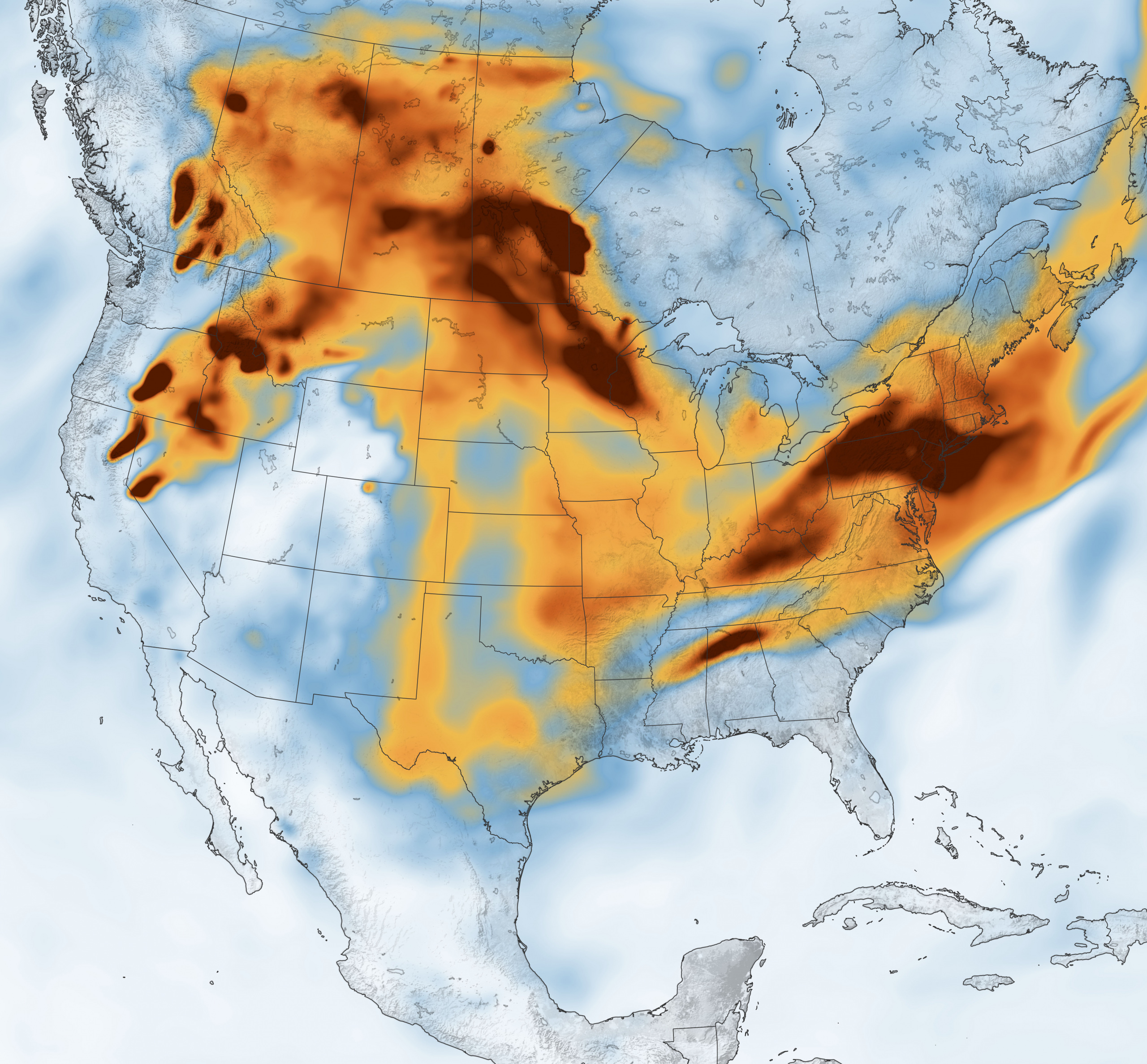
Not So Smart
Land Consumption in Maryland After a Decade of “Smart Growth”
Maryland established itself as a leader in the promotion of “smart growth” following the adoption of several cutting-edge policies in the late 1990s. But weaknesses in those laws, and a lack of aggressive enforcement, have eroded their effectiveness. Not So Smart documents land consumption trends in Maryland, showing that commercial and residential sprawl continue to consume vast amounts of land in the state, threatening the state’s few remaining open spaces and its quality of life. The report recommends measures to put teeth into the state’s land-use policies.

Downloads
Sprawling development has continued in Maryland in the decade since the enactment of the state’s smart growth laws. Indeed, the pace of land development for residential and commercial uses is essentially unchanged compared to the decades immediately prior to the launch of Maryland’s smart growth strategy.
Commercial and residential development continues to consume vast amounts of land in Maryland.
• Since 1998, the year after the enactment of Maryland’s smart growth laws, more than 175,000 acres have been consumed for residential or commercial development – an area three times as large as Baltimore City.
• New commercial and residential development in Maryland since the beginning of 1998 has consumed more than one-third of an acre per new resident. The rate of land consumption per new resident from 1998 to 2007 was virtually the same as it was between 1970 and 1997. Residential and commercial development in Maryland consumes approximately three times more land per new resident than it did in the period from 1950 to 1970.
• Among Maryland’s metropolitan counties, Charles County had the highest rate of land consumption per new resident since 1997, at 0.47 acres per person, followed by Carroll and Harford counties. Fast-growing St. Mary’s County, which is just outside of the Census Bureau-defined boundaries of the Washington, D.C., metropolitan area, experienced an even higher rate of development, at 0.75 acres per new resident.
• The rate of land consumed per new resident was lowest in Montgomery County, at 0.12 acres per new resident, followed by Howard and Prince George’s counties.
• The amount of land consumed per new resident increased in several of Maryland’s metropolitan counties since 1998 compared with the period between 1970 and 1997. Anne Arundel County experienced a 41 percent increase in land consumption per new resident, with Harford County experiencing a 27 percent increase and Charles County a 17 percent increase.
• However, several Maryland counties significantly reduced the amount of land consumed per new resident since 1998. Cecil County reduced the amount of land consumed for residential and commercial development per new resident by 39 percent compared with the 1970-97 period. Calvert, Frederick, Baltimore, Montgomery and Carroll counties each experienced reductions of 10 percent or more in land consumption per new resident.
Sprawling development continues to push its way into formerly rural regions of Maryland.
• Several areas of Maryland have exhibited rapid development since the beginning of 2008. Commercial and residential development claimed nearly 7 percent of the land area of Howard County and more than 5 percent of the land area of Calvert and St. Mary’s counties.
• Residential development has been a key contributor to sprawl in several counties. In areas such as Frederick, Carroll, Calvert, Charles and St. Mary’s counties, residential development consumed an average of more than one acre per new residential parcel (excluding condominiums and apartments and residential units on lots of 20 acres or more).
Maryland’s smart growth laws show the potential benefits of well-planned development, but have not been enough to contain sprawl.
• New homes built within approved Priority Funding Areas (PFAs) consistent with Maryland’s smart growth laws consumed one-seventh the amount of land, on average, as homes built outside of PFAs. If all Maryland homes built after the beginning of 1998 used the same amount of land as those built within approved PFAs, the state could have kept 100,000 acres of land from being developed.
• Two-thirds of new residential parcels developed since 1998 have been within the boundaries of approved PFAs. However, the vast majority of new acres of residential land (77 percent) were developed outside approved PFAs.
To contain future sprawl, and improve the environment and quality of life, Maryland must put teeth into its planning, zoning and smart growth laws.
• County comprehensive plans, developed with the input and participation of the public, often reflect a sustainable vision for community development. Unfortunately, the plans are not well enforced. The link between county zoning maps and the contents of local plans is not strong enough. Maryland should require counties to change zoning maps to match the comprehensive plan and limit loopholes and exemptions for development that contradicts the plan.
• The state should strengthen enforcement of the state’s smart growth laws and withhold transportation and other funding from counties that fail to adopt and enforce comprehensive plans that appropriately focus future growth.
• Maryland should adopt a state development plan to guide future growth, develop measurable goals and means of assessing progress toward their achievement, align state investment priorities with those goals, and target state funding to local governments whose plans align with the state growth management objectives.
Topics
Authors
Tony Dutzik
Associate Director and Senior Policy Analyst, Frontier Group
Tony Dutzik is associate director and senior policy analyst with Frontier Group. His research and ideas on climate, energy and transportation policy have helped shape public policy debates across the U.S., and have earned coverage in media outlets from the New York Times to National Public Radio. A former journalist, Tony lives and works in Boston.
Elizabeth Ridlington
Associate Director and Senior Policy Analyst, Frontier Group
Elizabeth Ridlington is associate director and senior policy analyst with Frontier Group. She focuses primarily on global warming, toxics, health care and clean vehicles, and has written dozens of reports on these and other subjects. Elizabeth graduated with honors from Harvard with a degree in government. She joined Frontier Group in 2002. She lives in Northern California with her son.
Find Out More

The Biden administration has released $1 billion in funding for urban trees. Here’s why that matters.

Why we should all be worried about the wildfires

Blueprint for America


